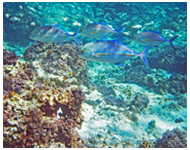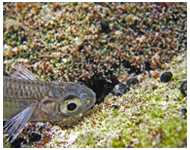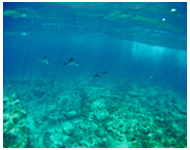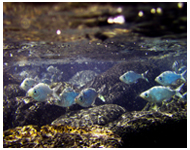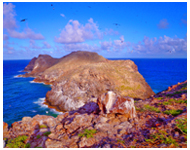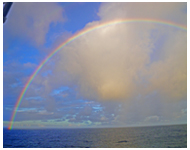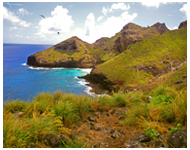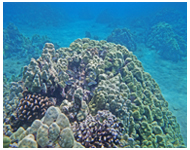Pilina Kai
Project Summary
The purpose of this project is to explore the ways in which we kanaka re-establish our traditional relationship with our environment, specifically our marine environment, a process referred to as ho'i. There are multiple reasons to reconnect to our traditional beliefs, practices, and perspectives. Reconnecting provides us with a vehicle in which we “decolonize our minds, to recover ourselves, to claim a space in which to develop a sense of authentic humanity.” (Smith, 2005 pg. 23)
Reconnecting also provides us with a pro-active role in this relationship, stepping away from the current interaction as a “cerebral activity … [and turning it into] … an emotionally felt experience” (Thiongo 1986 pg. 17) engaging our body, spirit, and mind.
Through a re-established relationship, we kanaka, can effectively make the decisions that are pono (necessary, respectful, beneficial, proper) for the overall wellness or health of our environment; naturally, culturally, and spiritually.
Re-establishing our traditional relationships to our environment is necessary for the well being of our environment and ourselves. Our environment can no longer care for us as an older sibling should because as younger siblings we have failed in caring for our environment.
Our present attempts to manage our resources are limited because the approach is foreign to our traditional beliefs and practices. The focus on natural health does not address cultural and/or spiritual needs of our environment resulting in a system off balance and not able to reciprocate a healthy nohona or way of living.
Ho’i i ka pilina kai is an effort to reconnect ourselves to our environment and through that connection rediscover ourselves as kanaka. Once we rediscover ourselves as kanaka and care for our environment as kanaka by addressing the overall wellness of our elder siblings; culturally naturally and spiritually, we begin the journey to heal ourselves.
